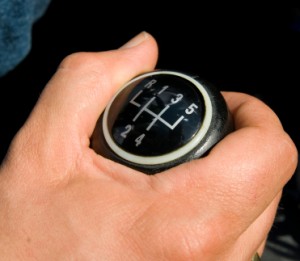
One percent.
That’s how many you get if you’re lucky. One percent of the subscribers to the Times read an article and take action. One percent of the visitors to a website click a button to find out more. One percent of the people in a classroom are sparked by an idea and go do something about it.
And then!
And then, of that 1%, perhaps 1% go ahead and take more action, or recruit others, or write a book or volunteer. One percent of one percent.
No wonder advertisers have to run so many ads. Most of us ignore most of them. No wonder it’s so hard to convert a digital browsing audience into a real world paying one–most people are in too much of a hurry to read and think and pause and then do.
The common mistake is to reflexively come to the conclusion that the only option is to make more noise, to put more attention into the top of the funnel. The thinking goes that if a big audience is getting you mediocre results, a huge audience is the answer. Alas, a huge audience is more difficult than the alternatives.
A few ways to deal with the funnel:
- Acknowledge that it’s there. Don’t assume that a big audience is going to easily convert to action.
- Work to measure your losses. Figure out where in the process you’re losing interest and clicks or the other behaviors you seek.
- If you can, remove steps. Each step costs you dearly.
- Treat different people differently. If you alter the funnel to maximize interest by the wandering masses, you may very well miss the chance to convert the focused few.
